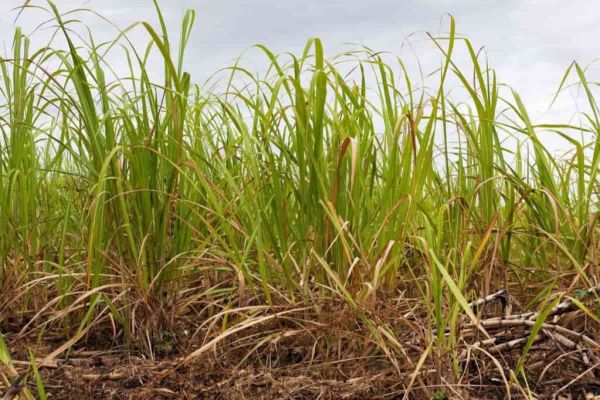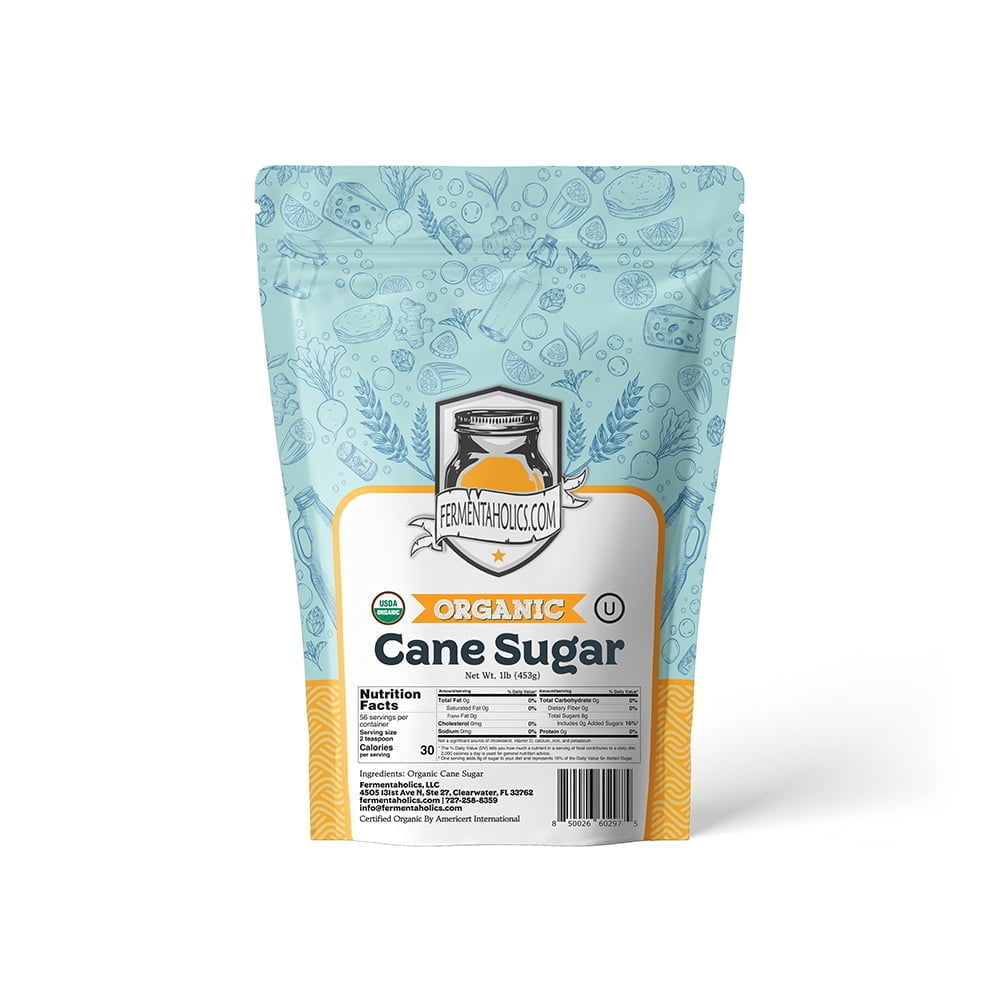Understanding the Diverse Functions of Sugar Cane in Farming and Production
Sugar Cane plays an important function in both farming and manufacturing. As a major money plant, it influences economic situations in tropical regions. Its flexibility expands past sugar manufacturing to biofuels and biodegradable products. Furthermore, sugar Cane farming advertises dirt health and biodiversity. Nevertheless, the complete extent of its payments and potential in sustainable practices continues to be to be checked out. What ingenious actions could enhance its function in future farming systems?
The Agricultural Relevance of Sugar Walking Cane
Sugar Cane plays a vital function in agriculture, contributing considerably to the economic climates of many exotic and subtropical areas. This lawn varieties flourishes in warm environments, requiring adequate sunshine and water, making it an ideal plant for these areas. Sugar Cane is largely grown for its high sucrose web content, which works as an important resources for sugar manufacturing. In addition, it plays a significant role in soil preservation by preventing disintegration and enhancing dirt fertility through its development cycles. Sugar walking stick's substantial origin system help in water retention, benefiting surrounding crops. Additionally, the crop supports neighborhood environments by offering environment and food for different wildlife varieties. Farmers commonly integrate sugar Cane right into crop turning systems, enhancing biodiversity and agricultural resilience. The growing of sugar Cane not only satisfies neighborhood food needs however also cultivates lasting agricultural methods, promoting long-term environmental wellness in farming communities.
Financial Contributions of Sugar Cane Cultivation
Although sugar Cane is frequently overlooked, its economic payments are significant, specifically in developing countries where it acts as an important money crop. The growing of sugar Cane produces considerable income for millions of farmers, giving source of incomes and promoting country development. As a flexible crop, it supports different sectors, consisting of sugar production, biofuels, and drugs, as a result boosting regional economic situations.
Furthermore, sugar Cane farming advertises job creation in farming markets, processing centers, and transportation networks. It likewise contributes to fx profits via exports, enhancing national economic security. In areas such as Brazil and India, sugar Cane plays an essential function in agricultural exports, bolstering profession equilibriums.
Additionally, the plant's byproducts, like bagasse and molasses, offer more financial chances, used in energy generation and pet feed. The economic effect of sugar Cane expands past mere farming, influencing wider farming and industrial landscapes.
The Refine of Sugar Production From Walking Stick

The trip from sugar Cane to polished sugar involves a number of crucial phases that highlight the intricacy of sugar manufacturing. At first, fully grown sugar Cane stalks are collected and delivered to refining centers. The Cane is then crushed to remove juice, which consists of a high focus of sucrose. This juice undergoes clarification, where contaminations are removed, usually making use of lime and heat
Next, the clarified juice is evaporated to focus the sugar web content. The resulting syrup is then based on crystallization, allowing sugar crystals to develop. These crystals are separated from the remaining syrup via centrifugation and cleaned to get rid of any kind of recurring molasses.
The last phase includes refining, where sugar crystals are more purified and blonde, causing the white granulated sugar generally utilized in food products. This thorough procedure underscores the detailed journey from raw Cane to the sugar that plays an important function in numerous cooking applications.
Sugar Cane as a Resource of Biofuels
As interest in eco-friendly power sources grows, sugar Cane has become a substantial prospect for biofuel manufacturing. The plant's high sugar content enables efficient fermentation processes, converting sugars right into ethanol. This biofuel serves as an eco-friendly option to nonrenewable fuel sources, decreasing greenhouse gas discharges and advertising power sustainability.
Nations like Brazil have actually long used sugar Cane for ethanol, developing substantial manufacturing facilities that sustains both residential energy demands and worldwide export. The cultivation of sugar Cane for biofuel has actually additionally produced economic opportunities, particularly in backwoods, where it creates work and sustains neighborhood agriculture.
In addition, sugar Cane biofuels can be incorporated right into existing gas systems, making them a useful solution for shifting away from standard energy resources. As technological developments continue to enhance production effectiveness, sugar walking cane's function in biofuel growth is poised to broaden, further adding to global initiatives toward eco-friendly power fostering.
Ingenious Usages of Sugar Cane in Biodegradable Plastics
A growing variety of go now manufacturers and researchers are checking out innovative uses sugar Cane in the manufacturing of biodegradable plastics. Sugar cane, rich in sucrose, can be processed to establish polylactic acid (PLA), a biopolymer that functions as a choice to petroleum-based plastics. This bioplastic can be made use of in different applications, including product packaging, non reusable cutlery, and agricultural movies.
Making use of sugar cane-derived PLA provides several advantages, such as decreased reliance on fossil fuels and the potential for reduced carbon discharges throughout production. In addition, sugar walking cane's sustainable nature makes it an enticing choice in the mission for lasting materials. Recent advancements in processing methods have enhanced the performance and cost-effectiveness of generating these bioplastics, fostering better fostering in the marketplace. As the need for eco-friendly services grows, sugar Cane stands apart as a beneficial resource in the shift in the direction of greener manufacturing practices.
Environmental Advantages of Sugar Cane Farming

Furthermore, sugar Cane requires less water compared to other plants, making it ideal for growing in deserts. Efficient use crop residues, such as bagasse, can minimize waste and offer sustainable check my reference power sources. In addition, sugar Cane farming can help with the facility of agroforestry systems, developing a collaborating partnership between trees and plants. These methods not just shield the environment however likewise promote sustainable farming techniques, inevitably benefiting regional neighborhoods and communities.
The Future of Sugar Cane in Sustainable Practices

The potential for sugar Cane to contribute to eco-friendly power sources is acquiring grip. Biofuels derived from sugar Cane can significantly decrease carbon exhausts contrasted to nonrenewable fuel sources, aligning with global environment objectives. In addition, advancements in waste monitoring enable the usage of by-products, even more decreasing ecological influence.
Research into drought-resistant sugar Cane ranges is also underway, using resilience versus climate change. As stakeholders across the industry welcome these lasting methods, sugar Cane is positioned to play an important function in cultivating agricultural sustainability, guaranteeing its importance in future markets and contributing positively to eco-friendly equilibrium.

Frequently Asked Questions
How Does Sugar Cane Affect Dirt Health And Wellness and Fertility?
The effect of sugar Cane on soil wellness and fertility is substantial. Its extensive root system boosts dirt framework, while natural matter from decaying leaves contributes important nutrients, promoting total fertility and sustaining diverse microbial life.
What Are the Labor Problems for Sugar Cane Employees?
Labor conditions for sugar Cane employees vary extensively, often characterized by lengthy hours, reduced incomes, and unsafe environments. Lots of face difficulties such as absence of access to healthcare and insufficient protective measures versus hazardous conditions.
Can Sugar Cane Be Expanded in Non-Tropical Environments?
Sugar Cane generally flourishes in tropical climates due to its warm and moisture demands. Specific non-tropical areas might efficiently grow it through specific agricultural techniques, though returns and quality might be substantially decreased.
What Pests Frequently Endanger Sugar Cane Crops?
Bugs harmful sugar Cane plants consist of the sugarcane borer, aphids, and nematodes. These organisms can greatly influence plant yield, demanding effective parasite management approaches to assure healthy and balanced growth and make best use of agricultural efficiency.
Just How Does Sugar Cane Cultivation Effect Citizen Communities?
The growing of sugar Cane substantially impacts regional neighborhoods by offering job opportunity, promoting financial growth, and affecting social frameworks. Furthermore, it can bring about ecological obstacles, impacting farming techniques and area health and wellness in the area.
Sugar Cane is read mainly grown for its high sucrose material, which serves as an essential raw material for sugar manufacturing. Farmers usually incorporate sugar Cane into crop rotation systems, enhancing biodiversity and farming strength. The trip from sugar Cane to polished sugar involves several essential stages that highlight the complexity of sugar manufacturing. The last phase includes refining, where sugar crystals are additional purified and blonde, resulting in the white granulated sugar typically utilized in food products. The plant's high sugar web content allows efficient fermentation processes, transforming sugars into ethanol.